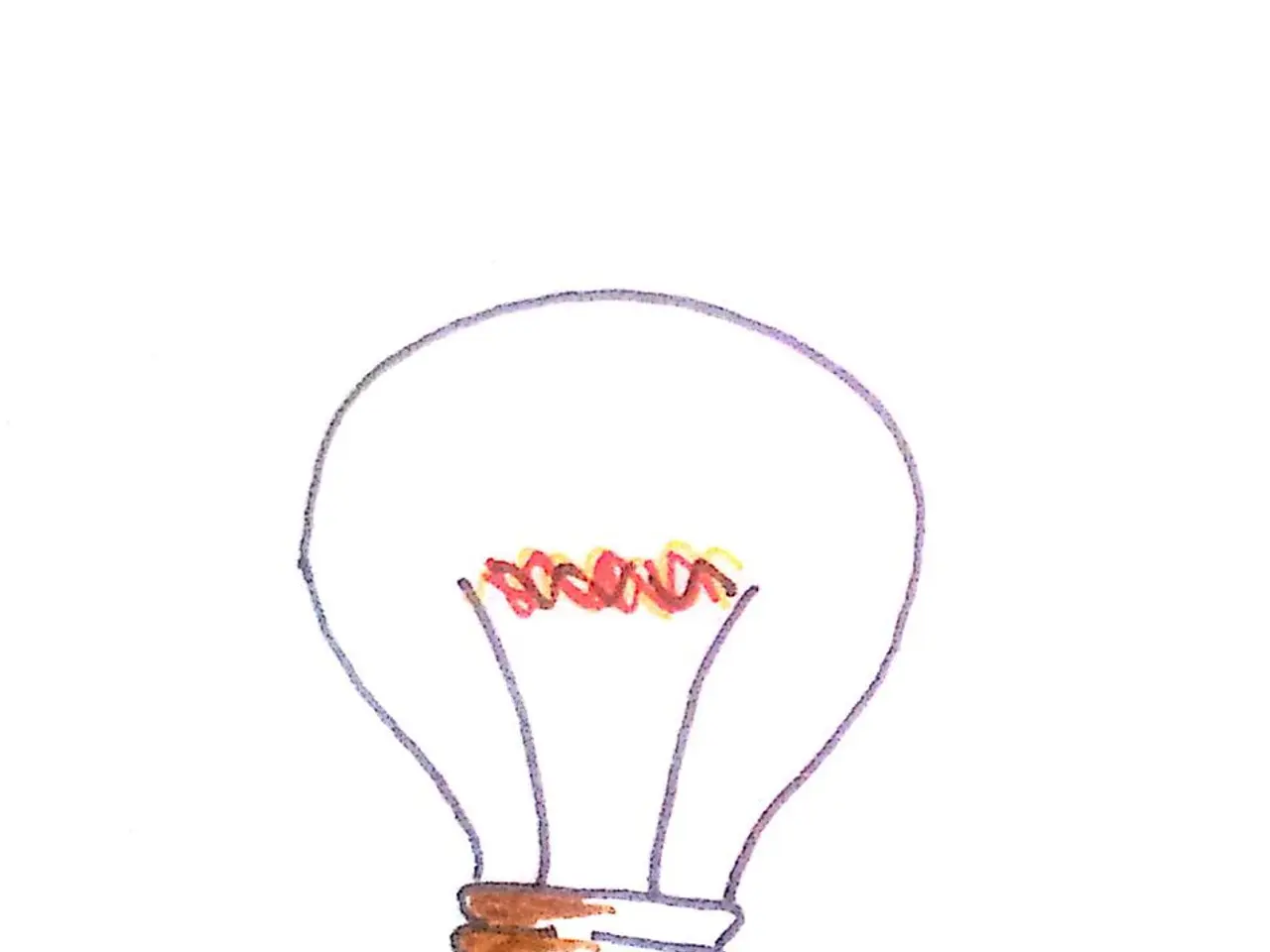Fluorescent Light Bulbs Could Pose a Risk
Are Energy-Efficient CFL Bulbs Safe? A Closer Look at UV Radiation
There has been a growing concern about the safety of energy-efficient compact fluorescent light (CFL) bulbs, following a study by researchers at Stony Brook University in New York. The study found that CFLs emit significant levels of ultraviolet (UV) radiation[1]. However, it's important to understand that the levels of UV radiation emitted by CFLs are generally very low and considered unlikely to pose significant health risks under normal use.
CFLs, like other fluorescent bulbs, emit more UV light than incandescent bulbs due to their operating principle[2]. The UV radiation from CFLs is mostly in the UVA range and is typically too weak to cause immediate skin or eye problems like sunburn or irritation[1]. The intensity is much lower than typical sunlight UV exposure. One risk assessment study estimated that the annual UV radiation dose from indoor fluorescent lighting corresponds to about 5% of the UV dose from daylight exposure at mid-latitudes[5].
While long-term exposure to UV light is linked to skin problems such as cancer, the evidence suggests the UV from CFLs is minimal and unlikely to increase cancer risk significantly compared to normal environmental sunlight[5]. Epidemiological studies have not clearly linked everyday fluorescent lighting exposure with increased skin cancer[5].
Special cases include certain full-spectrum fluorescent lamps designed to emit more UV-A, but even those are intended for controlled use and incorporate protective filters[5]. People with heightened UV sensitivity or specific conditions might need to be more cautious.
Manufacturers of CFLs have defended their products, asserting that the levels of UV radiation emitted are "acceptably low" and that the bulbs are safe for normal use[3]. Some experts, however, have raised concerns about the safety of CFL bulbs, with Dr. Rebecca Tung noting that such exposure could lead to premature aging and an increased risk of skin cancer[4].
The concerns about CFLs are further complicated by their mercury content, which can cause nerve damage and birth defects if not properly disposed of[6].
In response to these concerns, some companies have started offering alternatives. For instance, All UltraLux light therapy products use "NON UV" full spectrum bulbs[7]. The General Tools UV513AB Digital UVAB Meter is a specialized instrument for measuring ultraviolet light in the range of 280 to 400 nanometers, and it is particularly useful for testing full spectrum bulbs for UV radiation[8].
As consumers reconsider their lighting choices, it's crucial to be informed about the potential health risks associated with different types of bulbs. While CFL bulbs do emit some UV radiation, the levels are low and generally not regarded as a substantial health risk for typical residential or commercial use. Most UV-related health concerns are associated with more intense sources such as sunlight, tanning beds, or reptile UVB bulbs[1][5].
[1] https://www.sciencedirect.com/science/article/pii/S0960148113003419 [2] https://www.ncbi.nlm.nih.gov/pubmed/23318296 [3] https://www.energy.gov/energysaver/compact-fluorescent-light-cfl-bulbs [4] https://www.ncbi.nlm.nih.gov/pubmed/22382096 [5] https://www.ncbi.nlm.nih.gov/pubmed/22862052 [6] https://www.epa.gov/mercury/compact-fluorescent-light-cfls-and-other-fluorescent-lamps [7] https://www.ultralux.com/product/full-spectrum-light-therapy/ [8] https://www.generaltools.com/UV513AB-UV-Digital-UVA-Meter-p/uv513ab.htm
- In relation to health and wellness, although energy-efficient CFL bulbs emit low levels of ultraviolet (UV) radiation, prolonged exposure to UV light is linked to medical conditions such as skin cancer, implying potential risks for individuals with heightened UV sensitivity or specific conditions.
- Moving beyond just lighting, it's essential to consider the importance of skin care when using CFL bulbs, as their UVA radiation, while low, may contribute to premature skin aging over time in extreme cases.




